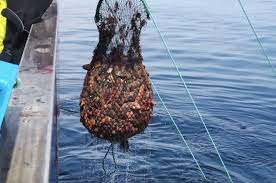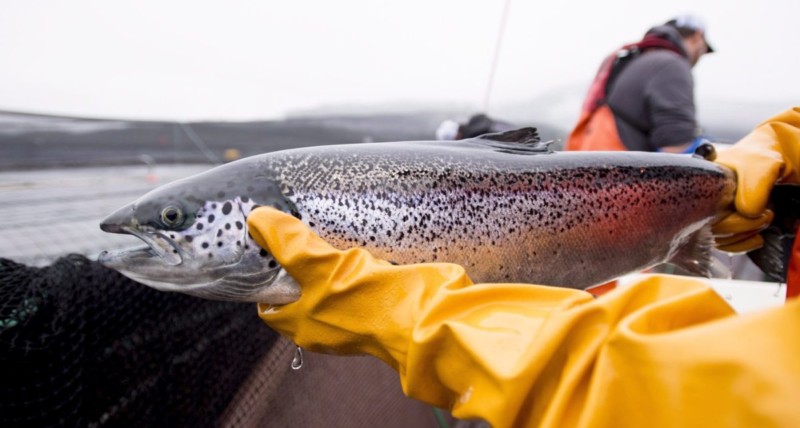Initiated by CNES, the Space4Ocean Alliance will be formed during the United Nations Ocean Conference (UNOC). Selma Cherchali, project manager at CNES, explains.
What role do space tools play in ocean preservation?
Selma Cherchali: Satellite observation data plays a central role in understanding ocean environments and the development of operational oceanography. CNES has been a key player historically in the development of space tools for ocean studies, particularly in altimetry, which measures sea level rise.
In altimetry, there was Topex Poseidon in 1992, followed by the Jason and Sentinel programs. The SWOT satellite, launched in 2022, marks a breakthrough, with promising data collection ahead. It will be extended through the ESA and the European Union with the future Sentinel 3-NG-Topo satellite in the coming decade.
Another satellite line studies wind and ocean waves, such as the Franco-Chinese CFOSAT mission, with a new generation in preparation aimed at measuring currents.
Other programs focus on ocean geochemistry and biology: for instance, ESA’s SMOS mission measures ocean salinity, and several satellites also track water color variations, which provide information on biodiversity and water quality.
Beyond observation, space data is concretely useful in adapting to climate change and understanding human impact…
S.C.: Absolutely, and that is one of the subjects of the Space4Ocean Alliance, the details of which will be revealed at the 3rd United Nations Ocean Conference (UNOC) in June. The idea is to capitalize on these space data by combining them with other in-situ data and models to develop services. This concerns the impacts of climate change on coastal areas (which will be implemented through the Space for Climate Observatory), tracking marine plastic pollution, protecting marine areas and monitoring their health, as well as controlling illegal fishing activities.
For all these issues, space tools, combined with in-situ data, already enable many things, and we hope to amplify these solutions in an operational and transferable way to all maritime and island countries, many of which face significant challenges and, in some cases, lack space capacities and expertise.
What are the principles and objectives of the UNOC?
S.C.: This conference brings together all UN member states. Its aim is to strengthen international action towards achieving the UN’s 14th Sustainable Development Goal (SDG) by 2030, focusing on the conservation of oceans and marine resources. The initiative was launched by UN Secretary-General Antonio Guterres and his special envoy for the oceans, Peter Thomson, to better coordinate all relevant stakeholders: states, civil society, scientific organizations, private and institutional actors, and the entire marine and maritime sector. The first UNOC was held in 2017 in New York.
Space Serving the Oceans, a Key Issue at the UNOC
The third United Nations Ocean Conference (UNOC) will take place in Nice from June 9 to 13. Jointly organized by the governments of France and Costa Rica, it aims to support the implementation of SDG #14: « Conserve and sustainably use the oceans, seas, and marine resources for sustainable development. » On this occasion, the French government, through CNES, has called for strong engagement from the space sector in ocean protection.
Was the space sector involved in this initiative from the start?
S.C.: The second UNOC in 2022 highlighted that the space community is a key player in addressing the challenges of ocean preservation and that it needs to be more integrated into the search for concrete solutions with other stakeholders. This context sets the stage for the third conference, which will be jointly organized by France and Costa Rica in Nice, aiming to reach an intergovernmental consensus on commitments and an action plan. A major highlight of this international event will be the official launch of the Space4Ocean Alliance on June 9.
Who are the members of this space alliance for the oceans?
S.C.: The Space4Ocean Alliance is created within the framework of UNOC but will operate independently. Initiated by CNES, it brings together several founding members: the Norwegian Space Agency (NOSA), the Monaco Office for Space Affairs, UNOOSA (UN Office for Outer Space Affairs), and the UNESCO Intergovernmental Oceanographic Commission (UNESCO IOC). These founding members have already been joined by other actors such as Mercator Ocean, and several partners have expressed interest, including ESA, ASI, DLR, CRTS, CRERS… [European, Italian, German, and Moroccan space agencies]. Our ambition is for many other members from diverse backgrounds to quickly join the alliance.
We particularly aim to support developing countries and island states facing challenges related to coastal oceanography: pollution, threats to biodiversity, sea-level rise due to climate change. This dimension is crucial, as many countries lack space expertise.
What will the alliance concretely do?
S.C.: The alliance aims to strengthen international collaboration by connecting the space sector with marine, maritime, and oceanographic communities to serve ocean preservation and conservation.
Among the many actions envisioned are the development of space tools, products, and operational services at the territorial level. We particularly want to support developing countries and island states confronting coastal oceanographic challenges: pollution, threats to biodiversity, sea-level rise due to climate change.
This dimension is very important, as many countries lack space expertise; within the alliance, with the support of our partners, we will help them build this capacity to use tools and services tailored to their territories.
The alliance will also work to develop local and global indicators of ocean health based on space data and promote future space missions.
What will be the first actions undertaken?
S.C.: The basic principles of governance have been established, and the steering committee of the alliance will meet once a year. Right now, we are working on defining the concrete needs of UN member states, which we wish to update regularly. These elements will feed into a roadmap for spatial observations, in-situ observations with an international call to implement oceanography missions that don’t exist today, application issues, operational services, and strengthening the members’ capacities.
Source: cnes




